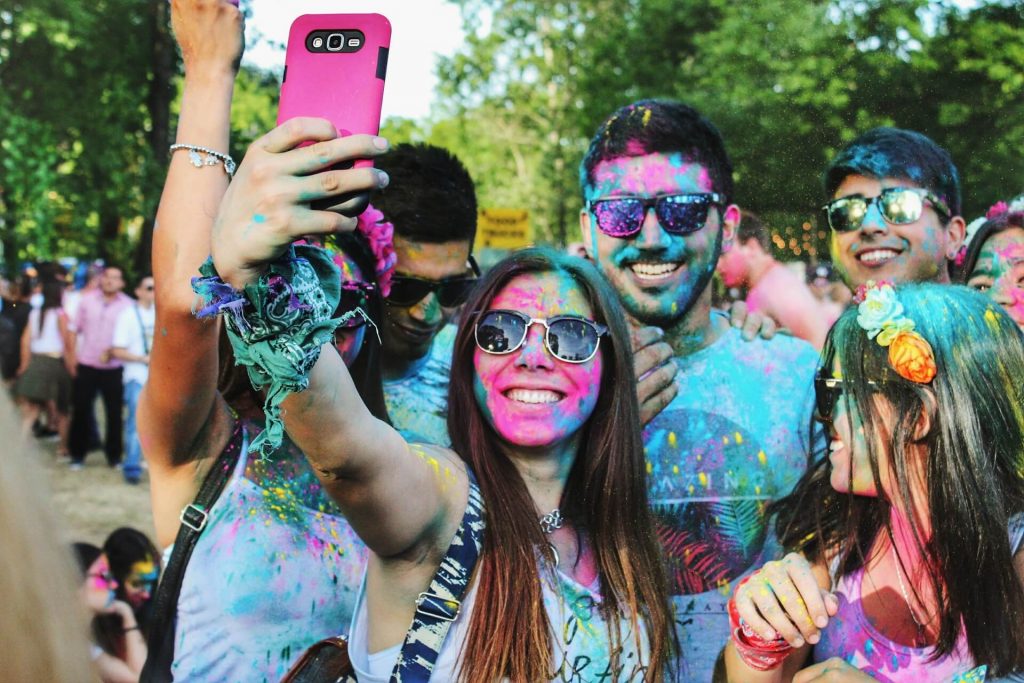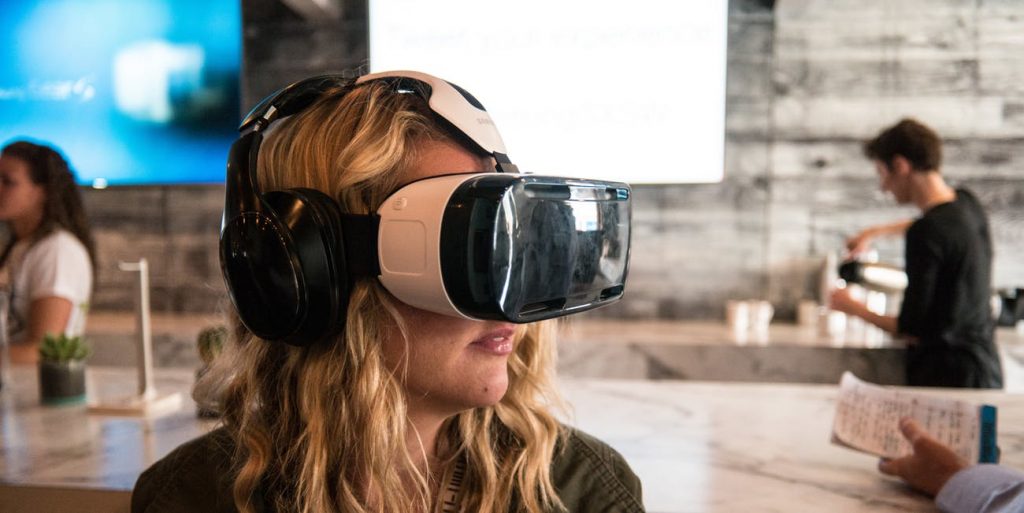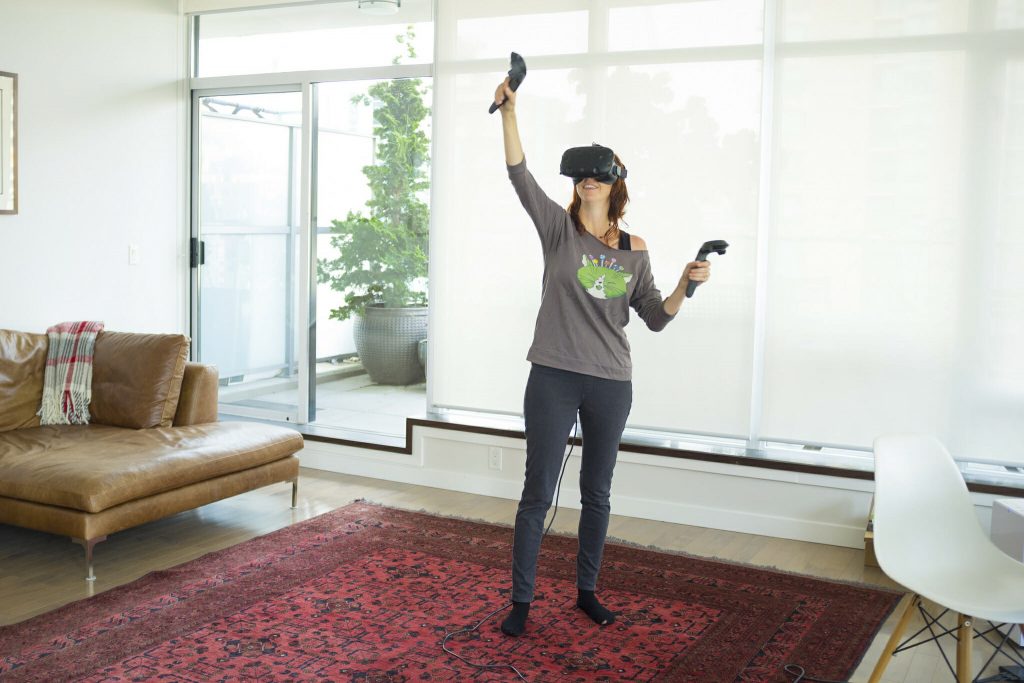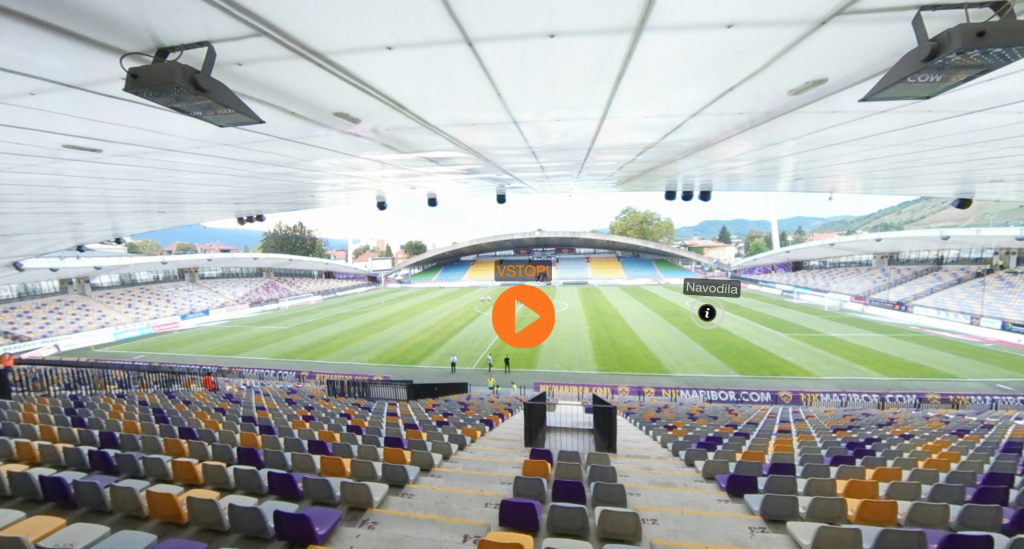Millennials are changing the workplace, and they are doing so in large numbers. Born between 1980 and 2000, millennials are now the largest portion of workers, and they demand a different workplace than the generations before them. Millennials aren’t much on loyalty to an organization. They often prefer electronic communication to face time. They value work/life balance, and they want to work for companies they like as consumers.
PwC did a research study about millennial’s priorities. The millennial generation is also committed to their personal learning and development and this remains their first choice benefit from employers. In the second place, they want flexible working hours. Cash bonuses come in at a surprising third place. Millennial employees want to move up the ladder quickly at work, and they are prepared to study and learn what they can to do so.

What type of learning do Millennials prefer?
Your learning and development organization should avoid doing too much formal classroom training, according to the PwC report. Just six percent of millennial respondents said they would most value formal classroom training.
You might think that developing a comprehensive e-learning platform might be the way to go. While on-demand, byte-size training that allows workers to access and digest training in small doses on their time schedule and wherever they are located is definitely a valuable tool for employers to offer employees, it is shouldn’t be the main pillar in a learning and development program. A mere five percent of respondents in the PwC report said that they would most value e-learning. It isn’t a good investment of time, money, or energy for an organization to rely completely on e-learning to teach its newest employees.
Millennial workers instead want mentorships and coaches. Twenty-eight percent of respondents in the PwC report said they would most value working with these individuals among many options for training and development. Creating strong partnerships between older, more experienced employees, and Millennials or between knowledgeable and experienced Millennials and less experienced Millennials can have a positive impact on learning and growth for an organization.
Another form of training well-received by millennials (21 percent in the PwC report) is changes and rotations of roles to gain experience. Cross-training exposes individuals to new ideas that can help them see their current roles and work-related challenges in new lights and help solve problems. It can also prepare them to be better managers as they understand what it is like to work in different areas of the organization.
Additionally, 19 percent of millennials responded that they would most value collaborating with inspiring colleagues on important projects. High-performing workers who have experience and great ideas to share can fuel learning and discoveries in new employees. Millennials value opportunities to learn over money at work, and they seem to prefer active, working relationships and collaborations that can teach them new concepts and skills.
Learning and development best practices for Millennials
Most of the Millennials are digital natives and are constantly consuming massive amounts of information in their personal and professional lives. They demand new, state-of-the-art apps, device-agnostic content, and a UX oriented, social media-driven approach to knowledge dissemination. Interestingly L&D teams can look at this as a tremendous possibility to build innovative and creative learning and development programs, boosting retention and engagement.

Go digital and device-agnostic
Millennials are constantly swapping from one device to another. It is important to ensure that digital content is available across devices and platforms. This is an audience that learns consistently and on-the-go, in short, calibrated bursts. Employers must adopt modern and tech-focused learning and development best practices.
Track the learning pathway
L&D teams must utilize the various solutions and applications to create a dashboard that offers detailed and intricate charts and presentations, on employee progress and knowledge retention. They can also use AI and analytics to assess learner sentiment and behavior — personalizing future initiatives and rethinking ongoing programs where necessary. Again, make sure every training program is available across devices (with analytics built-in) and has continuous challenge-scenario-simulation-testing frameworks.
Make it easily consumable
Bite-sized content is now common, regardless of the space one operates in. Learners prefer to work with small, focused sessions ranging from 15 to 30 minutes. These must be compelling, concentrated, and outcome-oriented. Millennials are always hungry for new ideas and L&D best practices must leverage instant messaging, chatbots, social feeds, and emailers to alert, remind, and update learners on new resources.
Let the data show you the way
Digital diagnostics help companies understand which skills to inculcate and what a potential or new employee thinks or expects from a learning program. These can be designed as knowledge-based surveys, questionnaires, or self-assessments. As a result, companies can finetune and streamline their training and development best practices.
Provide new learning opportunities
Out of date and legacy, training modules won’t work with millennials — instead, create online simulations, real-life case studies, scenarios, and gamified training sessions. These will inspire young learners to pick up new skills, even as authoring tools with built-in branching and scoring, will help set goals, demarcate milestones, and map usage and progression.
Virtual reality and Millennial training

It’s no surprise, therefore, that Millennials are embracing virtual reality. In fact, Millennials are twice as likely to purchase a VR headset than their generational peers. It’s not just the promise of bleeding-edge technology that attracts Millennials, the enriching experiences VR offers are just as alluring.
For Millennials, happiness is about creating memories through experiences. It’s not about success or possessions. They prefer to spend money on experiences, rather than on material things. These young adults are more concerned with what brands stand for and the experiences they offer, than specific products.
When it comes to virtual reality, it has a much higher sensory impact than traditional training methods. Which is why it stimulates memory to a higher degree. But it’s not just a case of simply creating a virtual environment and hoping it will work. It’s all about the design of the content. Experiences that maximize the immersive capabilities of VR can create moments that surpass anything in another medium.
The combination of unique experiences and technology is alluring for Millennials and there is no denying that the medium is more impactful than many traditional training methods. When learning and development departments harness the power of the visceral experiences VR can offer, they will win the hearts and minds of Millennials.




